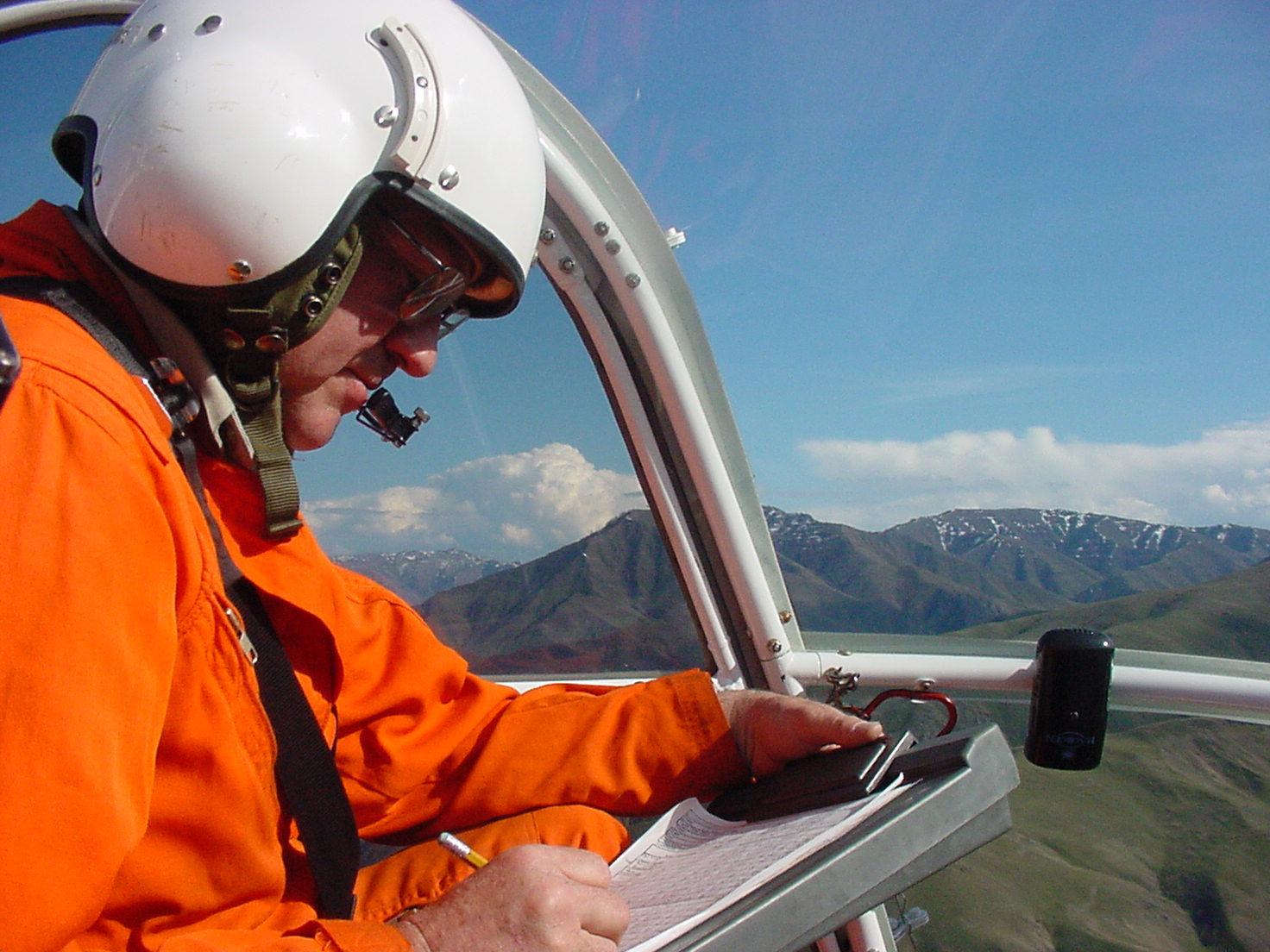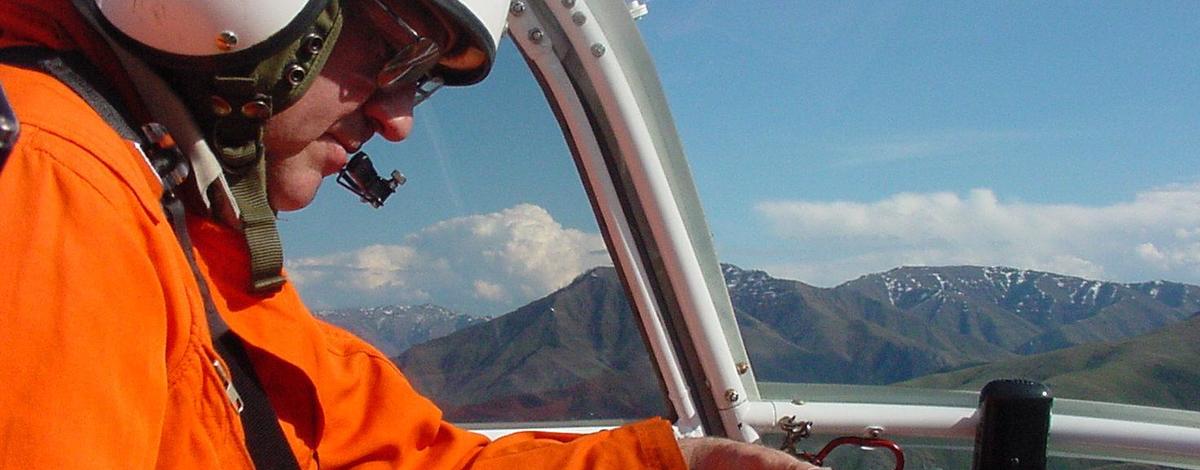Beginning in early December, Idaho Fish and Game staff will take to the air to get a closer look at deer and elk numbers, including several low-level helicopter surveys planned throughout the state.

"People may see and hear low-flying helicopters in Idaho’s outdoors throughout the winter,” said Fish and Game Wildlife Biologist Bret Stansberry of Salmon. “While we understand that some hunts will be in progress, we will do our best to temporarily avoid areas where we observe people.”
Each flight will cover a portion of the hunt unit being surveyed and will take three to eight hours to complete, depending on weather conditions. In the Salmon area, deer and elk survey flights are planned in game management units 21, 21A, 27, 28, 30, 37, 37A, 36B, and 36A. Mountain goat surveys are also planned in the Sawtooth and Beaverhead mountain ranges.
“Disturbance to the animals is kept to the minimum needed to acquire accurate information, generally less than a few minutes,” Stansberry said.
Fish and Game staff will again take to the air for extended surveys between January and March. Each survey is estimated to take approximately one to four weeks in each management area. In addition, the department will also capture and collar hundreds of mule deer and elk in hunt units throughout the state. Crews will then monitor the collared animals to get a better idea of herd survival throughout winter and early spring.
This information, together with the flight survey data, will be used to determine the overall health of Idaho’s mule deer and elk herds, which plays a critical role in determining future big game hunting seasons.
The work is not without risks, as flights involve working at low altitudes and in less than perfect weather conditions. Two crashes have claimed the lives of three Idaho Fish and Game biologists and two hired pilots since 2000.

